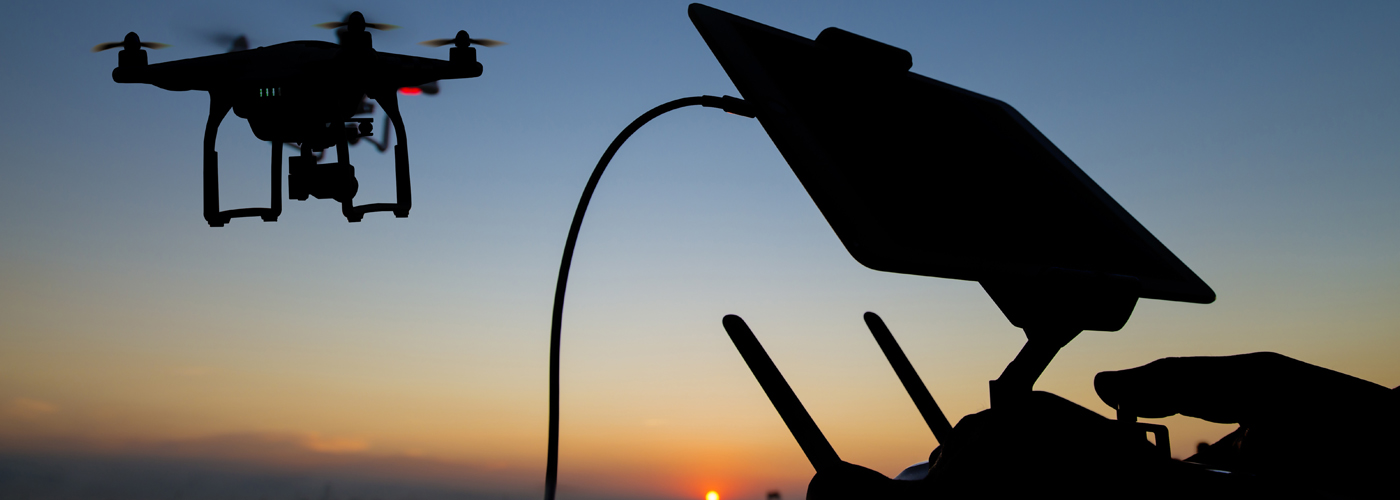History Takes Flight: A Spotlight on Five Trailblazing Women in Aviation
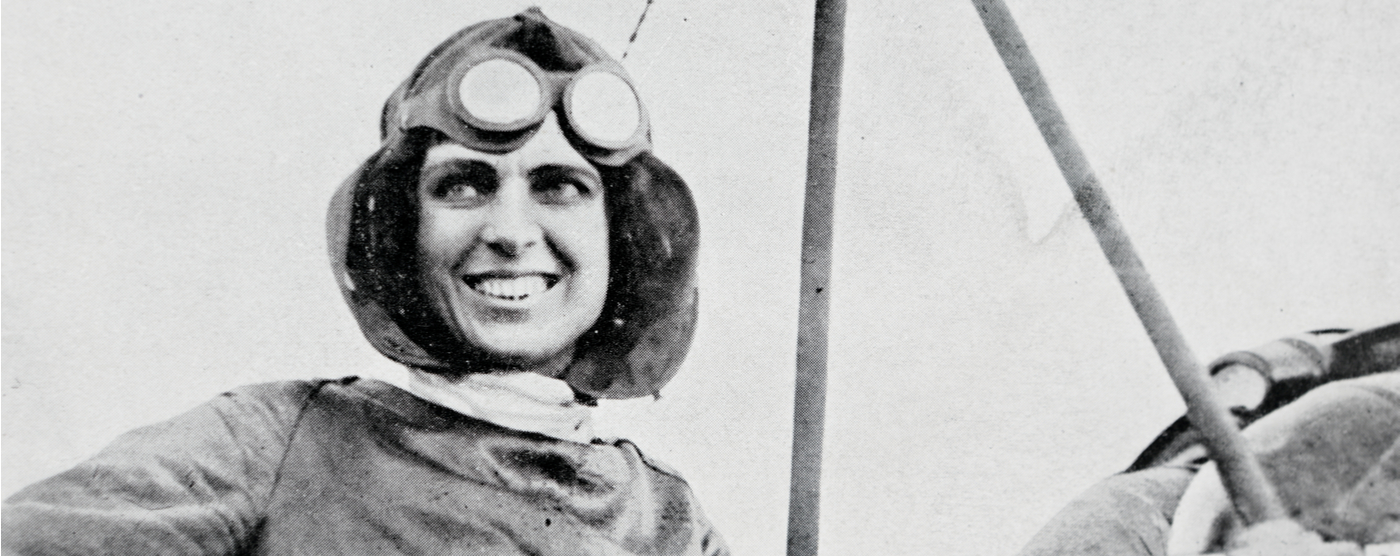
As part of the ongoing celebration of Women’s History Month, the Women in Aviation International Conference (WAI) celebrated its 30th Anniversary last week in Long Beach, California. This milestone celebration hosted attendees from around the globe, representing all aspects of the aviation community and recognizing powerful women who have not only paved the way to help change the landscape of women in aviation but empowered other women to do the same.
In recognition of their groundbreaking achievements, we are spotlighting five influential women in aviation who have been inducted into the WAI Pioneer Hall of Fame.
Bessie Coleman
First African-American to Earn International Pilot’s License
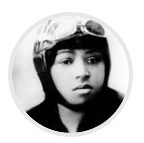 Bessie Coleman broke the racial barrier and became the first African-American to earn an international pilot’s license. Born in Atlanta, Texas in 1892, Coleman moved to Chicago after briefly attending Langston University in Oklahoma. She was an avid reader and worked as a laundress, but it was during her time in Chicago, where she was inspired by World War I pilots, that she decided to pursue a pilot’s license.
Bessie Coleman broke the racial barrier and became the first African-American to earn an international pilot’s license. Born in Atlanta, Texas in 1892, Coleman moved to Chicago after briefly attending Langston University in Oklahoma. She was an avid reader and worked as a laundress, but it was during her time in Chicago, where she was inspired by World War I pilots, that she decided to pursue a pilot’s license.
Knowing Europe had a more liberal attitude toward women and people of color, Coleman learned to speak French and worked hard to earn enough money to move to Paris. On June 15, 1921 she earned her pilot’s license from the Federation Aeronautique Internationale. She moved back to the United States, where she flew at air shows and taught aviation to African-Americans.
Sadly, she didn’t live long enough to make her dream of establishing a flying school for African-Americans a reality, but her legacy inspired the Bessie Coleman Aero groups in the early 1930s, which held the first all-black air show in America and attracted 15,000 spectators. Almost 90 years later, the event has become an annual aviation celebration.
Harriet Quimby
First Licensed Female Pilot in the United States
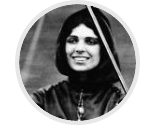 On August 11, 1911, Harriet Quimby became the first licensed female pilot in the United States, ten years before Amelia Earhart. Her daring and adventurous side put her name in the books on April 16, 1912 as the first woman to fly across the English Channel. This incredible feat catapulted her name in the industry, but the sinking of the Titanic two days earlier overshadowed her accomplishment in the news. She is also credited with being the first woman to fly over Mexico City.
On August 11, 1911, Harriet Quimby became the first licensed female pilot in the United States, ten years before Amelia Earhart. Her daring and adventurous side put her name in the books on April 16, 1912 as the first woman to fly across the English Channel. This incredible feat catapulted her name in the industry, but the sinking of the Titanic two days earlier overshadowed her accomplishment in the news. She is also credited with being the first woman to fly over Mexico City.
Prior to earning her pilot’s license, Quimby was an accomplished writer. In 1911, she managed to write seven screenplays which were made into silent movies. At that time in history, she was the only woman who wrote about and encouraged other women to enter the field of aviation.
“In my opinion, there is no reason why the aeroplane should not open a fruitful occupation for women. I see no reason why they cannot realize handsome incomes by carrying passengers between adjacent towns, why they cannot derive incomes from parcel deliveries, from taking photographs from above or from conducting schools for flying.”
Katherine Cheung
“China’s Amelia Earhart”
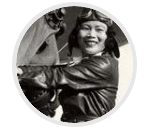 Listed in the Smithsonian’s National Air and Space Museum as the nation’s first Asian aviatrix, Katherine Cheung switched gears from studying music at the Los Angeles Conservatory of Music and the University of Southern California to obtaining an international commercial airline pilot’s license.
Listed in the Smithsonian’s National Air and Space Museum as the nation’s first Asian aviatrix, Katherine Cheung switched gears from studying music at the Los Angeles Conservatory of Music and the University of Southern California to obtaining an international commercial airline pilot’s license.
Born in China in 1904, Cheung moved to the United States to live with her father and attend college. She married in 1924 and fell in love with flying a few years later while taking an airplane ride with a relative who was a pilot. Soon after, she enrolled for flying lessons, and in 1932 received her pilot certification, the first Asian-American female pilot in the United States to do so. Aerobatics soon became one of her passions. She entered competitive air races and became a member of the Women’s International Association of Aeronautics that same year, launching her aerobatics/air show career. Three years later, Cheung was invited to become a member of the International Association of Women Pilots – the Ninety-Nines – where she befriended Amelia Earhart.
Aside from being honored in the Smithsonian’s National Air and Space Museum, the Beijing Air Force Aviation Museum calls Cheung “China’s Amelia Earhart.”
Jeana Yeager
Member of the Groundbreaking Voyager Team and Winner of the Collier Trophy
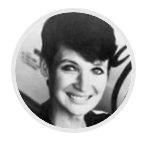 Jeana Yeager was born in Fort Worth, Texas on May 18, 1952. She moved to Santa Rosa, California in 1977, where she worked as a draftsman and surveyor for a company specializing in geothermal energy. Her fascination with helicopters prompted her to earn her private pilot’s license at the age of 26. In 1980, Yeager met fellow pilot Dick Rutan and his brother Burt, an aircraft designer, at an airshow in Chino, California. The rest, they say, is history. The three innovators brainstormed their dream of flying around the world without stopping and without refueling. After six years of design, construction and development, the Voyager team constructed the unique aircraft made almost entirely of lightweight graphite-honeycomb composite materials. Expected to take 18 months, the milestone flight― which took place between December 14 and December 23, 1986―set the record, taking only nine days, three minutes and forty-four seconds.
Jeana Yeager was born in Fort Worth, Texas on May 18, 1952. She moved to Santa Rosa, California in 1977, where she worked as a draftsman and surveyor for a company specializing in geothermal energy. Her fascination with helicopters prompted her to earn her private pilot’s license at the age of 26. In 1980, Yeager met fellow pilot Dick Rutan and his brother Burt, an aircraft designer, at an airshow in Chino, California. The rest, they say, is history. The three innovators brainstormed their dream of flying around the world without stopping and without refueling. After six years of design, construction and development, the Voyager team constructed the unique aircraft made almost entirely of lightweight graphite-honeycomb composite materials. Expected to take 18 months, the milestone flight― which took place between December 14 and December 23, 1986―set the record, taking only nine days, three minutes and forty-four seconds.
In recognition of this revolutionary aviation accomplishment, President Reagan presented the Voyager crew with the Presidential Citizenship Medal, which had been awarded only 16 times before in history. In addition, Jeana Yeager earned the Collier Trophy―aviation’s most prestigious award.
Bernice “Bee” Haydu
Former WASP President Who is Among the First Women to Fly Military Planes for the Army
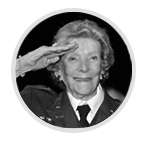 Bernice “Bee” Haydu was born on December 15, 1920 in Montclair, New Jersey. After graduating high school, she enrolled in aviation classes on the weekends while working as a secretary. She attended the Women Airforce Service Pilots (WASP) in Sweetwater, Texas and completed her training in March 1944. Haydu is among the first women to fly military airplanes for the Army Air Force. Her dedication to WASP placed her front and center as president of the organization from 1975-1978, where she led the fight in Congress to recognize the WASP as veterans. In 1977, President Carter signed the bill into law, allowing the WASP access to Veterans Administration benefits.
Bernice “Bee” Haydu was born on December 15, 1920 in Montclair, New Jersey. After graduating high school, she enrolled in aviation classes on the weekends while working as a secretary. She attended the Women Airforce Service Pilots (WASP) in Sweetwater, Texas and completed her training in March 1944. Haydu is among the first women to fly military airplanes for the Army Air Force. Her dedication to WASP placed her front and center as president of the organization from 1975-1978, where she led the fight in Congress to recognize the WASP as veterans. In 1977, President Carter signed the bill into law, allowing the WASP access to Veterans Administration benefits.
Haydu was inducted into the New Jersey Aviation Hall of Fame in 2000, the Women in Aviation International Pioneer Hall of Fame in 2012, received the FAA’s Wright Brothers Master Pilot Award in 2014, and was awarded an honorary doctorate degree from Vaughn College in 2015.
Are you a woman interested in a career in aviation? Register for our Open House on April 13 at 10 a.m. to learn how you can take your future to the skies.
